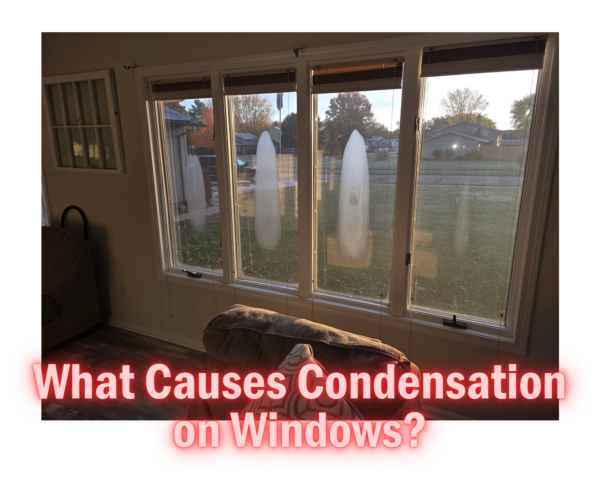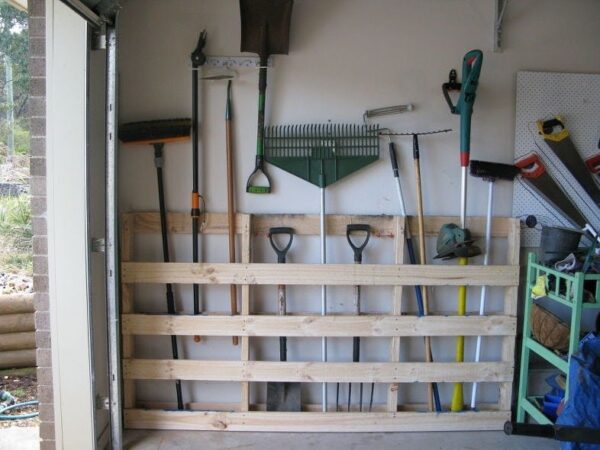
Common Wireless Security Camera Issues & How to Fix Them
So you bought a wireless security camera thinking it would be plug-and-play—easy setup, perfect image, instant access from your phone. Then reality hit: connection drops, blurry feeds, and notifications that never show up. Sound familiar? You’re not alone.
Even some of the best wireless camera systems run into hiccups. The good news is, most of these issues are DIY-fixable without calling in an installer. I’ve dealt with just about every camera quirk there is—here’s how I fixed mine and how you can fix yours too.
1. Wi-Fi Signal Is Weak or Unreliable
This is probably the #1 culprit behind most wireless security camera problems. If your feed cuts in and out or you can’t connect at all, your Wi-Fi signal just isn’t strong enough to reach the camera reliably.
DIY Fix:
- Move the router closer to your cameras (if you can).
- Use a Wi-Fi extender or mesh system for broader coverage.
- Avoid placing cameras behind thick walls or metal siding that blocks signals.
Check out our full guide on how to pick the best camera system with strong remote viewing capabilities if you’re dealing with this constantly.
2. Cameras Keep Disconnecting or Freezing
You get a notification that motion was detected… but when you check the app, there’s nothing there. Worse, sometimes the camera’s feed is frozen or missing altogether.
Why It Happens:
- Inconsistent power supply
- Inadequate Wi-Fi bandwidth (too many devices on your network)
- Outdated firmware or app bugs
How To Fix It:
- Plug cameras into a surge-protected outlet to avoid sudden power drops.
- Reboot your router weekly. It helps prevent congestion.
- Update your camera firmware and app regularly.
Still struggling? It might be time to upgrade to a more reliable system built for better DIY home security stability. Check out this deep-dive into DIY-friendly camera systems that hold a signal and stay online.
3. Poor Video Quality or Blurry Feed
Ever open your camera feed expecting to see what’s going on—only to be greeted with a pixelated, blurry mess? This is a super common wireless camera issue, especially if you’re relying on cheaper models.
The Fix:
- Adjust camera resolution in the settings (sometimes it’s set to low by default)
- Ensure the lens is clean (spider webs and dust really mess with night vision!)
- Use 2.4GHz Wi-Fi instead of 5GHz if your camera doesn’t support high-bandwidth streams well
Pro tip: distance from the router is again a key factor here. A good placement plan is half the battle. Learn how to set it all up correctly in this full walk-through:
👉🏼 How To Install A Wireless Security Camera System At Home
4. Remote Viewing Won’t Work
The whole point of these systems is being able to check in from your phone while away, right? So when your app says “camera offline” while you’re on vacation—panic kicks in. It’s a frustrating but solvable issue.
Reasons It Happens:
- Cameras not connected to the cloud
- Poor mobile signal where you are
- Your home’s router rebooted or lost connection
DIY Fixes:
- Always enable cloud access and double-check login credentials.
- Reboot both your router and the camera if the remote feed fails.
- Ensure remote viewing is supported—not all systems come with it out of the box.
If your current system isn’t offering dependable remote access, it’s time to read this:
👉🏼 Why Remote Viewing Is a Must-Have for Home Security
5. Motion Detection Is Too Sensitive (Or Not Sensitive Enough)
Got your phone blowing up every 3 minutes because a leaf blew by? Or maybe it never picks up the mailman walking right up to your door. Motion alerts can be a blessing—or a headache.
To Fix Over-Sensitivity:
- Adjust the motion zone in your app (narrow it to a doorway or path)
- Reduce sensitivity level in settings
- Avoid pointing the camera at trees, bushes, or high-traffic areas
To Fix Under-Sensitivity:
- Increase sensitivity or enable “smart detection” if supported
- Make sure the camera is mounted at an angle that catches full-body motion, not just ankles or arms
Sometimes repositioning your camera solves the issue instantly. If you’re trying to guard your backyard or outdoor space, don’t forget the privacy side of it too:
👉🏼 Backyard Privacy Plants That Actually Work (Fast!)
6. The App Is Laggy or Crashing Constantly
You get a notification, open the app… and it freezes. Or takes forever to load. Camera apps aren’t always the smoothest, especially with cheap third-party systems.
The Quick Fix:
- Uninstall and reinstall the app
- Close other background apps hogging your phone’s memory
- Make sure you’re running the latest iOS or Android version
If you’re constantly dealing with lag or missed notifications, you might want to look into more stable camera systems like the ones we recommend here:
👉🏼 Best Wireless Security Camera Systems for DIYers
7. Camera Isn’t Recording When It Should
So you go to check footage of someone walking up the driveway—only to find out the system didn’t record anything. This one hurts. Especially if you’re trying to catch a thief or package thief.
Why It Happens:
- Storage is full (SD card or cloud)
- Recording schedule wasn’t set
- Camera didn’t detect motion due to placement or settings
What To Do:
- Check storage settings—clear old footage if needed
- Switch to event-based recording instead of 24/7 if space is limited
- Make sure motion detection is actually enabled
Double-check your manual or system guide for setting up custom alerts and schedules. Or upgrade to one that simplifies this from the start:
👉🏼 How To Choose The Right Camera System With Remote Viewing
8. Night Vision Looks Washed Out or Too Dark
When the sun sets, your camera should keep working just as well—but many don’t. Washed-out night vision or total darkness in your feed usually means the infrared sensors aren’t doing their job.
How to Improve It:
- Clean the lens (again—bugs love camera lenses)
- Avoid pointing it at reflective surfaces like windows or siding
- Add exterior lighting or IR booster lights to supplement poor night vision
Some cameras just aren’t made for low-light settings. If you’re having constant night vision trouble, consider choosing one with enhanced IR technology or color night vision.
Not All “Wireless” Cameras Are Equal
Some cameras labeled as “wireless” still need to be plugged into a power outlet—they just don’t need an Ethernet cable. Others are battery-powered and truly wireless. But this distinction matters big-time when choosing what works best for your setup.
If you’re confused about wireless vs Wi-Fi cameras, we’ve broken it down here:
👉🏼 Wireless vs. Wi-Fi Cameras – What’s the Difference?
Take the Time to Troubleshoot Before You Replace
Before you throw your camera in frustration or order a whole new system, try these simple fixes. More often than not, a quick reboot, repositioning, or setting adjustment can solve the issue completely.
But if your camera system just isn’t cutting it no matter what—you’re not stuck. There are far better options available that still let you go fully DIY, no installer needed.
Get the system that doesn’t drop the ball:
👉🏼 How To Choose the Best Wireless Security Camera System With Remote Viewing
As an Amazon Associate we earn from qualifying purchases through some links in our articles.



